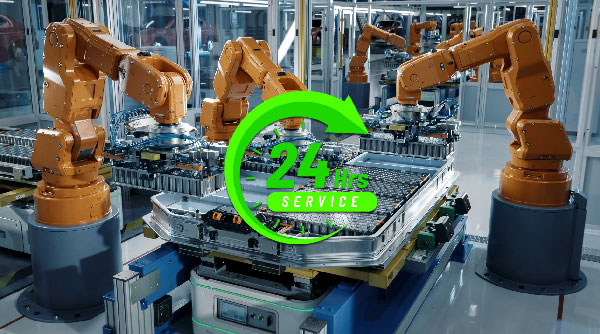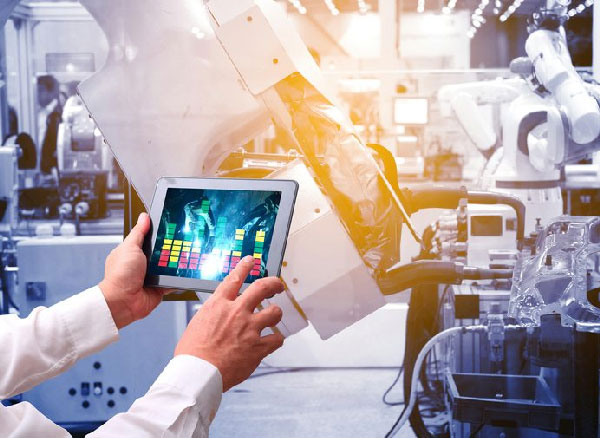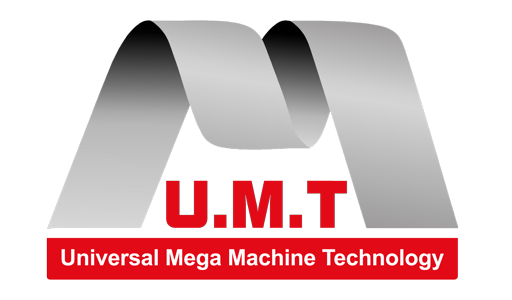The impact of robotic system integration in manufacturing
In the competitive world of manufacturing, precision, efficiency, and consistency are non-negotiable. One of the most impactful advancements in metal fabrication is the integration of robotic press brakes—a solution that combines the strength of automated bending with the intelligence of robotics. Below are 10 key benefits of adopting robotic press brakes in your production line.
1. Increased Productivity
Robotic press brakes can operate continuously, 24/7, without the need for breaks or the fatigue that typically affects human workers. This capability dramatically increases throughput and significantly reduces production lead times, allowing manufacturers to meet tight deadlines and respond more quickly to market demands.
A well-programmed robotic system is designed to handle repetitive tasks with a level of precision and speed that exceeds that of human operators. This efficiency maximizes overall productivity, as robots can perform tasks consistently without the variability that may come with human involvement. Additionally, the ability to run around the clock allows businesses to capitalize on their production capacity, reducing idle time and optimizing resources. Overall, the integration of robotic press brakes not only streamlines operations but also enhances the competitiveness of manufacturing processes in today’s fast-paced environment.

2. Unmatched Precision and Consistency
With automated control, robotic press brakes perform each bend with consistent pressure and alignment, eliminating the variations typically seen with manual operations. This results in higher-quality products and fewer rejected parts.
3. Reduced Labor Costs
While the initial investment may be significant, robotic press brakes reduce the need for skilled labor in repetitive tasks. This allows companies to reallocate human workers to higher-value roles, ultimately leading to long-term cost savings.
4. Enhanced Workplace Safety
Robotic systems remove workers from potentially dangerous tasks involving heavy parts, high force, and sharp edges. This lowers the risk of workplace injuries and improves compliance with safety standards.
5. Improved Material Handling
Another benefit of integrating robotic press brakes is that they can reduce the risk of injury and improve compliance with safety standards. Integrated robots can load and unload parts with precision, minimize damage, and improve flow between production steps. This results in a more seamless and efficient manufacturing process.
6. Flexibility and Fast Changeovers
Modern robotic press brake systems can be reprogrammed to handle different parts with minimal downtime. This flexibility is crucial for manufacturers dealing with small-batch or customized production.
7. Data Integration and Monitoring
Robotic systems can be seamlessly linked with factory management software, enabling real-time monitoring, production tracking, and predictive maintenance to optimize the entire manufacturing process. This integration provides manufacturers with valuable insights into machine performance, allowing them to monitor key metrics such as production rates, downtime, and operational efficiency. By leveraging this data-driven approach, decision-makers can make informed choices to enhance productivity and resource allocation.
Additionally, predictive maintenance empowers manufacturers to anticipate potential machine failures before they occur, minimizing unexpected downtime and costly repairs. By analyzing usage patterns and wear-and-tear data, organizations can schedule maintenance activities proactively, ensuring that robotic systems operate at peak performance levels. Ultimately, this enhanced data integration and monitoring not only improve decision-making but also lead to more streamlined operations, greater reliability, and increased overall efficiency in the production line.

8. Space Optimization
Robotic bending cells are often compact and designed to maximize space utilization. With smart layout planning, manufacturers can increase capacity without expanding floor space.
9. Higher ROI
Although robotic systems involve upfront investment, the long-term return on investment is significant due to labor savings, increased output, and reduced scrap and rework costs.
10. Future-Proofing Your Operation
As industry trends shift toward smart manufacturing and Industry 4.0, Integrating Robotic Press Brakes position your company to stay competitive in an increasingly automated future. They integrate easily with other digital systems, ensuring long-term scalability.
Conclusion
The integration of robotic press brakes offers more than just automation—it’s a strategic move toward building a more efficient, scalable, and intelligent production line. For manufacturers aiming to enhance output while maintaining top-tier quality and safety, robotic press brake systems are no longer a luxury—they’re a necessity.




